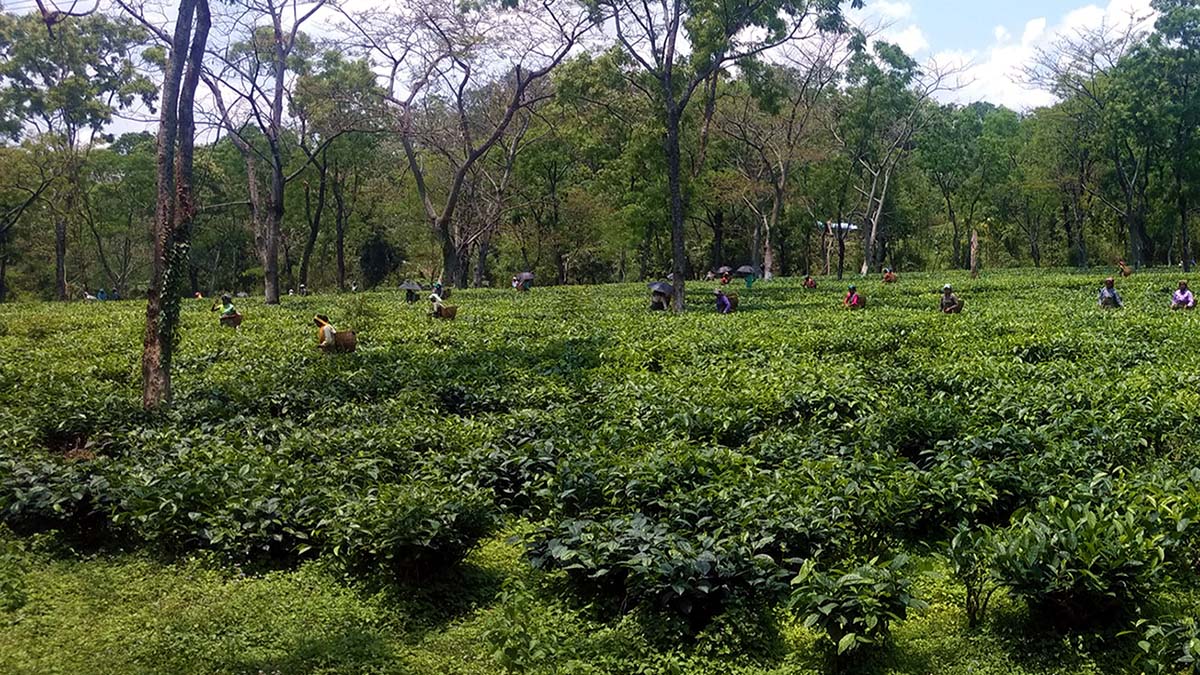Tripura Tea Development Corporation (TTDC), in order to cut down cost of manufacturing tea, has made a pioneering attempt of converting its coal-based tea gardens into green energy-based facilities.
According to senior members of the tea body, two factories belonging to the state-owned corporation are going to function on natural gas from this season set to begin from March-April 2022.
Gopal Chakraborty, one of the key members of the board of directors TTDC and chief advisor to Durgabari tea estate informed that the construction works including installation and laying of pipes are underway in full swing and the remaining works are on the verge of completion.
TTDC has attributed the shift in tea production method from coal to natural gas to the skyrocketing prices of coal and unavailability of the crucial fossil fuel in crucial times of dire necessity. The gas-based plant shall not only reduce the manufacturing cost but will also emit near-zero pollutants in the air.
Speaking exclusively to ANI, Chakraborty said, “On January 09, 2022, Tripura Natural Gas Corporation Limited signed an agreement with Tripura Tea Development Corporation for supplying of natural gas as an alternative energy source for Durgabari tea factory as well as the factory of Tripura Tea Development Corporation located at a walking distance. Within a week, the corporation commenced their work of laying pipelines for the connection.”
Branding this development as a far-reaching initiative, he said that the gas-based plant will certainly cut down manufacturing cost enhancing the margin of profit.
“As per our calculation, to manufacture one kilogram of made tea–the term used for the finished product we get after all the processing, a little more than one kg of average coal is required. Now, if the coal is of good quality, that is, nowhere in the market, 800 to 900 grams of coal is burnt. If it is translated into the cost of making, the corporation will be able to earn an extra profit of 10% if the plants are completely transformed into gas-based plants”, Chakraborty explained.
According to available information, around 13 lakh kgs of tea is produced annually in both factories. The intake quantity of plucked leaves could be figured out if the quantity of made tea is multiplied in the matrix of five kgs of raw tea leaves tantamount to one kg of made tea.
Both the factories source raw leaves from small tea gardens across the state and the Durgabari factory alone has 210 registered small tea growers.













